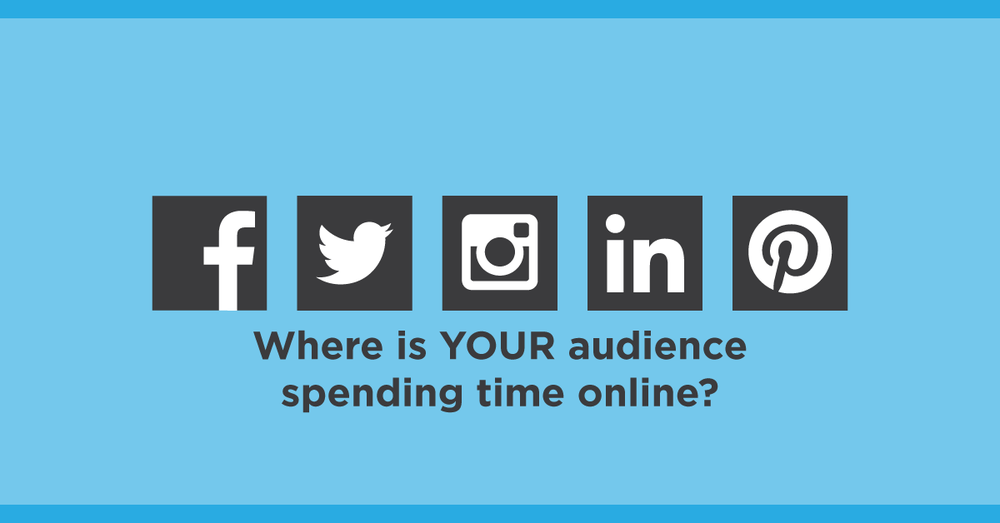In today’s business landscape, having a social presence isn’t a luxury; it’s a necessity to drive sales, brand awareness, and reach. However, the process of growing your brand’s social media presence is much easier said than done. Most social platforms are over-saturated with cluttered news feeds, algorithms that prioritize the big spenders to keep them top of mind, and ineffective content publishing that produces lackluster results. There are many factors that influence the results of a brands social presence. Of course, your content must be top notch, that goes without saying. And it’s of equal importance that this content accurately reflects your brand image and values. Well strategized content almost always leads to better results.
But an often overlooked element in your social media growth strategy is cadence. For some hearing this for the first time, the idea may initially seem trite. But the cadence of your social content holds value in a plethora of ways. For one, good content cadence helps your audience connect with who you are; it humanizes a brand, company, or business. It also is the storytelling element of your brand as a whole, connecting a piece of content (and others) with your customers or audience.
5 tips to establish your brand’s optimal content cadence

1. Create a content schedule
Seems simple enough right? This concept, however, is often underutilized in many organizations. You don’t just fly by the seat of your pants when you are strategizing your brands next big launch or deciding on who to partner with for your next campaign. It’s carefully thought out and planned accordingly. The same efforts should be applied to your content strategy. And a huge part of that is putting together a schedule that both correlate with your brand voice, and aligns with news and current events that are connected to your brand, industry, or business. Having your content manager plan out your content publishing also helps to keep your organization accountable and focused on communicating a clear message in your content and media. It also serves as a system of record for your data-driven decisions within the organization.
2. Consider the ‘411’ rule when creating your cadence

This rule refers to an industry standard that was popularized by Andrew Davis of Tippingpoint Labs and Joe Pulizzi of Content Marketing Institute. Their suggested practice revolved around the ratio of sharing content on social media. The premise of the standard is essentially this; publish 4 educational and/or entertaining posts for every 1 “soft promotion” and every 1 “hard promotion.” This isn’t a cookie cutter or a template but is simply a guide that has been adopted by many brands and companies throughout the world. The objective is to customize this approach around your brand voice and values, tweaking these elements to fit your esthetic and desired cadence. The idea revolves around book-ending your promotional posts with content that is not sales driven in its intent, while also engaging your audience with content that appeals to them. You then can begin to build a deeper relationship with your audience and establish trust, so those sales promotions are both more effective and more well received.
3. Know your audience and their availability and expectations
Knowing your audience and core demographic is important in almost every facet of your business ecosystem. This is especially true in how you establish your content cadence. Are you posting your content when your audience is actively online? Are you finding your ideal social media post times based on data and metrics calculated within your organization? It’s simple. You need to be posting your content on your social accounts during time periods where your target consumer is online and perusing their feed. For some, that means different post copy may have different intended targets. Each type of media should be served to it’s desired demographic with this timing in mind. You want to get the most juice for the squeeze and to do that, you need your content to be consumed by the right people at the right time. Period.
4. Automation is your ally

This is not to say that the creative element behind your content strategy should be deeply rooted around automation. That statement infers a standardized approach to the creation of the content itself, and that is all but never suggested to achieve great results in social growth. In fact, it’s usually quite the contrary.
But utilizing automation in your distribution strategy offers many benefits. We outlined above how your content calendar can offer both a structure and a system of record. The same can be said about automation, except that it also relieves you of some of the tedious grunt work that comes along with implementing your social strategy. Automating your content to post on specific days, times, and with a unique copy can both maximize effectiveness and save you and your organization valuable time. Time you can be using to brainstorm and create new content for your archives. And utilizing automation typically ensures that you are building more data points to effectively analyze the performance of your content.
5. Model your cadence around the practices of brands you admire and connect with
![]()
Oscar Wilde once wrote, “Imitation is the sincerest form of flattery that mediocrity can pay to greatness”. Whether you strive to be a professional athlete, a superstar musician, whatever your dream may be…we all start by imitating our idols. For some, that means grabbing your hairbrush and using it as a microphone in the bathroom mirror or sticking your tongue out like Michael Jordan during your jump shot. But the same idea should be applied to your content cadence.
Who are your favorite brands who are excelling on social media? What are they doing that is setting them apart? How much are they posting, and when? These and many other questions are worth asking and notating when creating the model for your cadence. Let it be noted this is not a suggestion to copy the stylings of your admired rivals. Uniqueness is both encouraged and rewarded when creating and cultivating a brand of any kind. But utilizing information from the brands who embody certain elements or esthetics that align with your brand, can stimulate ideas and direction behind determining best practices. And we all need a little inspiration sometimes!


